TL;DR: Lots of Triangle Math
Please at least look over the instrument guide!
Overview
The Fuji Heavy Industries T-5 or KM2 Kai is a turboprop powered basic trainer aircraft used by the the Japanese Maritime Self Defense Force. It is a replacement for the older Fuji KM2 which is a Japanese licensed iteration of the Beechcraft T-34 Mentor.
This project started off as a unreleased submission for WinsWings Year End Challenge back in late 2024. I had originally meant to replicate the Finnish Valmet L-90 Redigo.
The main focus of the project was creating an Instrument Landing System and accurately modeling engine performance based on available data.
I didn't like how I modeled the L-90, so I restarted from scratch with the T-5.
To be completely honest, the cockpit on the T-5 is a little sparse, but I wanted it to keep it under 400 parts to remain relatively mobile friendly.
Cockpit Interior
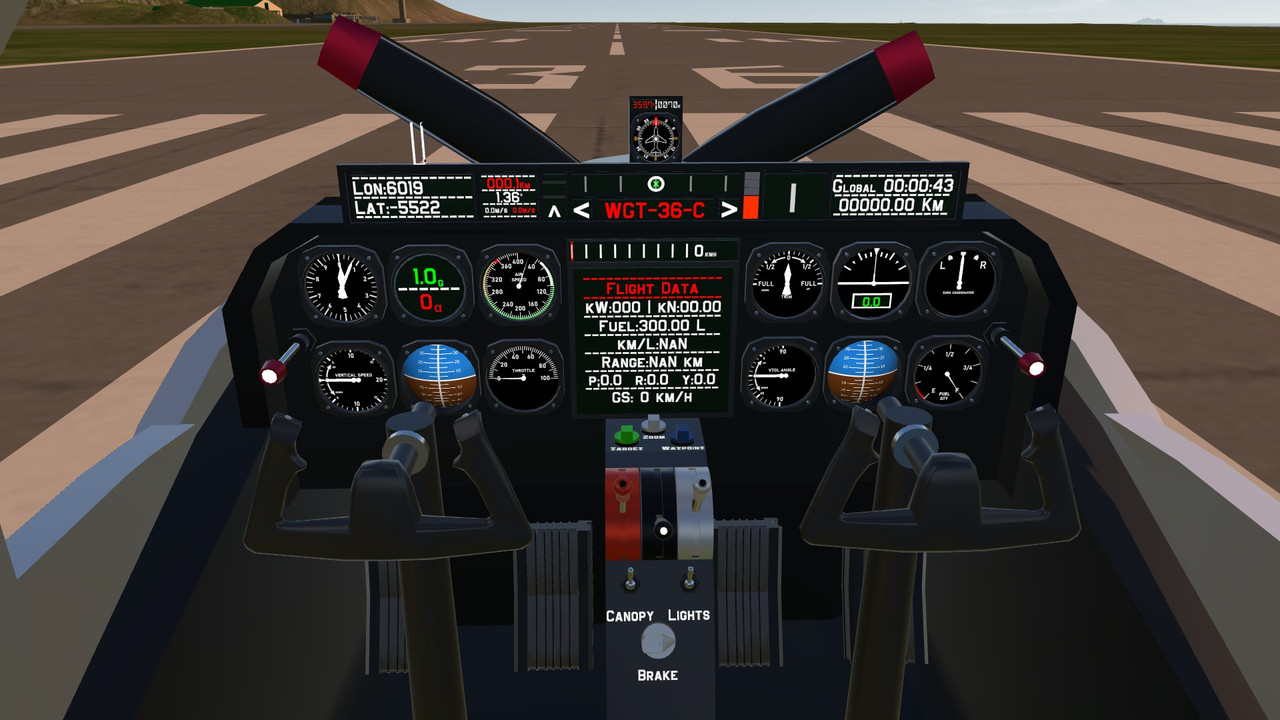
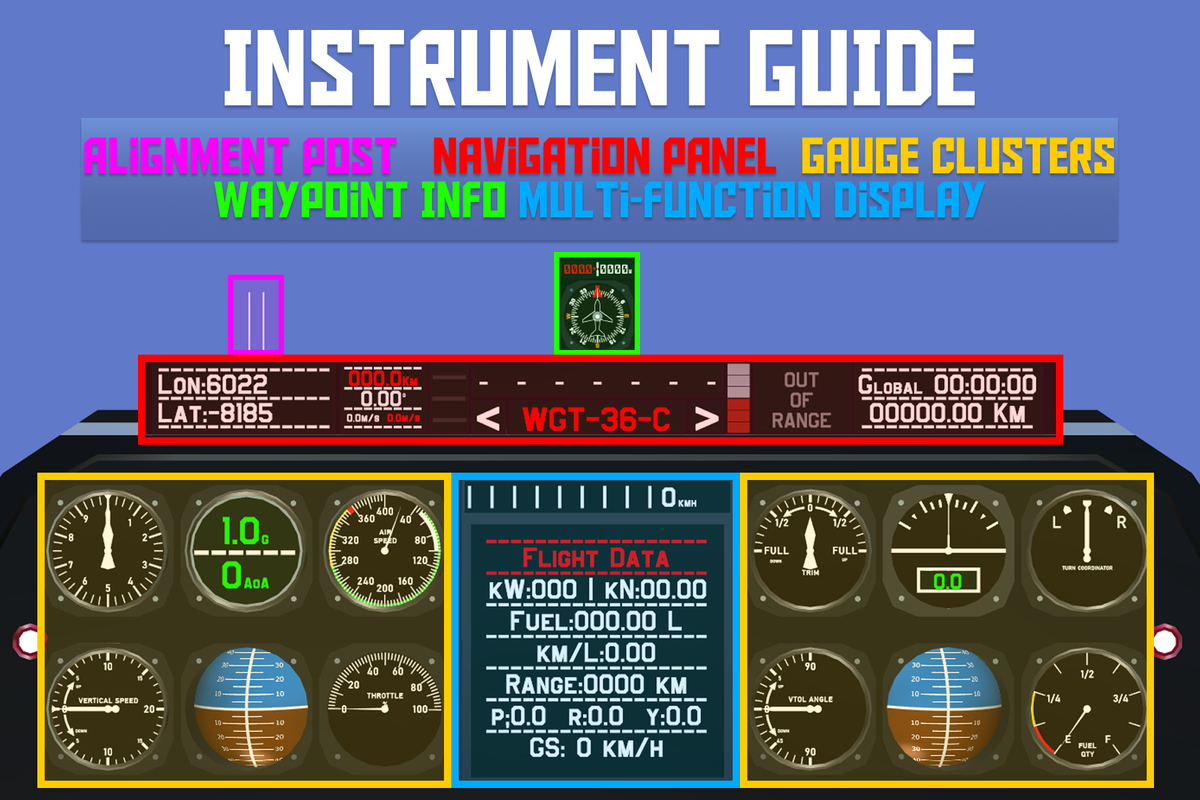
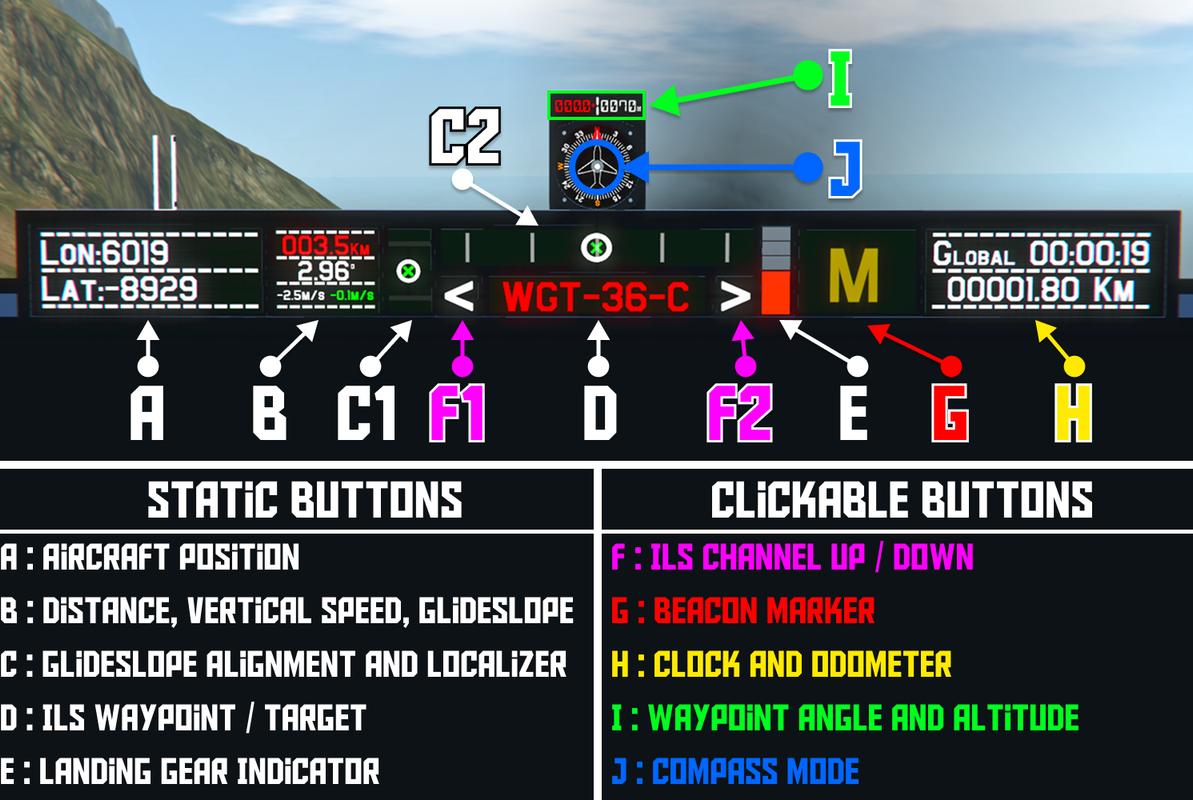

Iridescent Instrument Landing System
Iridescent ILS is a "simplified" instrument landing system that assists pilots with landing approaches and navigation in adverse visual conditions. This project utilizes intermediate trigonometry and geometry concepts to determine the user aircraft’s position relative to a selected runway.
While Iridescent ILS does not use the same mechanisms as a true instrument landing system, its purpose is to teach new pilots how to intercept and follow a landing glide path using instrument data.
The correct glideslope alignment is set to three degrees, however the instruments will still give appropriate vertical speed readings within a ten degree elevation from the selected aim point.
IRILS Variable Documentation
Powerplant Modeling
In order for this project to be a somewhat faithful replica, I modeled the T-5's powerplant. The Fuji T-5 uses the Rolls-Royce M250-B17D Turboprop engine.
The main goal for modeling is to have similar peak power, specific fuel consumption, and altitude constraints.

Here is the Desmos Project that outlines the math used in this powerplant model.
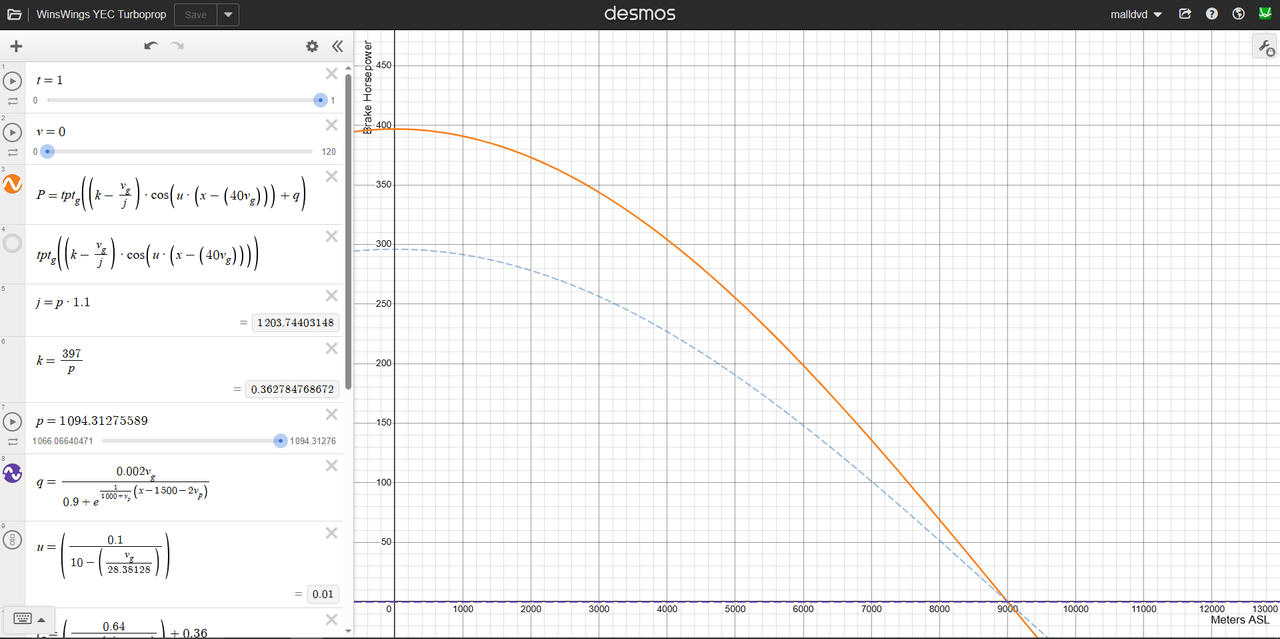
Action Groups
AG-1 Navigation Lights
AG-2 Canopy
AG-3 MFD Zoom Level
AG-4 MFD Target Page
AG-5 MFD Navigation Page
AG-6 None
AG-7 None
AG-8 None? i forgor
Again, thank you to Ku, and thank you for upvoting.
Specifications
Spotlights
- DeathStalker627 3 months ago
- Sgtk 3 months ago
- Ku 3 months ago
- Kerbango 3 months ago
- RicardoACE 3 months ago
- SARACONIKaviationIndustry 3 months ago
- SuperSuperTheSylph 3 months ago
- mikomiko 3 months ago
- CaptainBrayden 3 months ago
- nwa 3 months ago
- GalacticaAsia 3 months ago
- DARZAVIATION 3 months ago
- WinsWings 3 months ago
- ChihiroFujisaki 3 months ago
- TheFlightGuySP 3 months ago
- CaptainNoble 3 months ago
- Zerkk 3 months ago
- YuiMy 3 months ago
- Convex 3 months ago
General Characteristics
- Predecessor Fuji T-5 C
- Successors 1 airplane(s)
- Created On Windows
- Wingspan 33.3ft (10.1m)
- Length 27.7ft (8.4m)
- Height 11.5ft (3.5m)
- Empty Weight 2,554lbs (1,158kg)
- Loaded Weight 3,086lbs (1,400kg)
Performance
- Horse Power/Weight Ratio 0.345
- Wing Loading 16.2lbs/ft2 (78.9kg/m2)
- Wing Area 191.1ft2 (17.8m2)
- Drag Points 702
Parts
- Number of Parts 400
- Control Surfaces 7
- Performance Cost 2,032

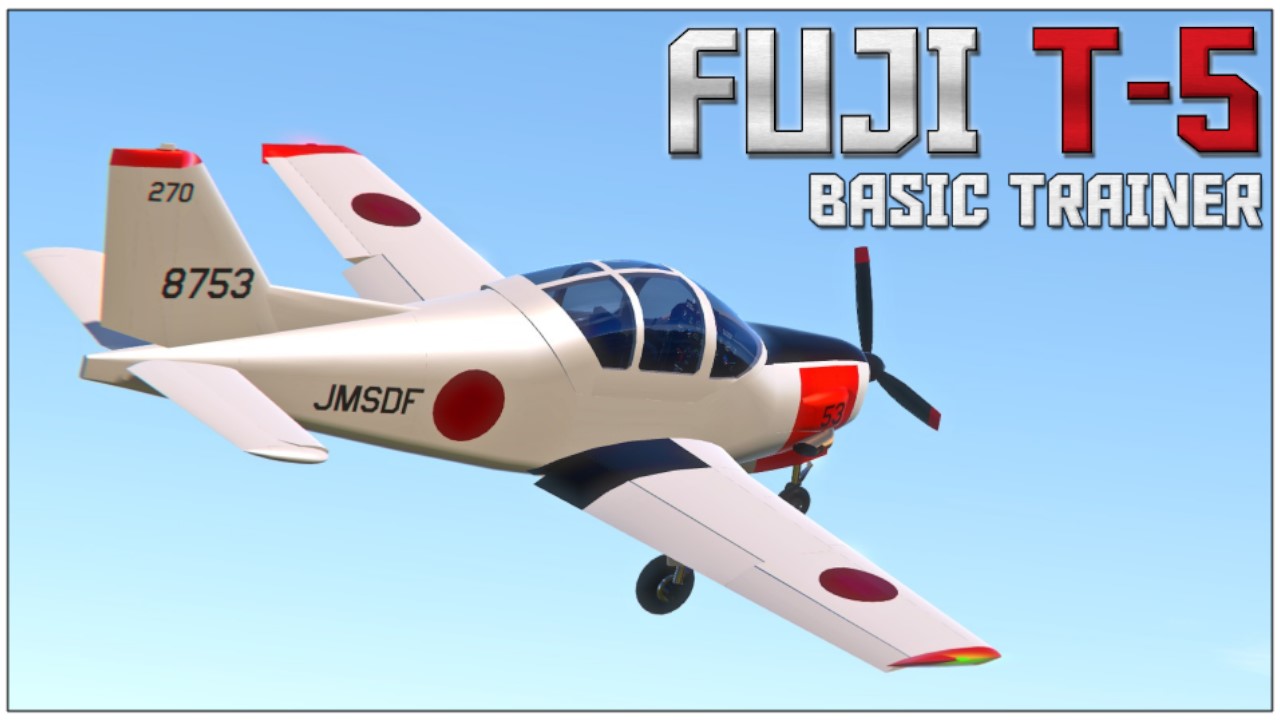
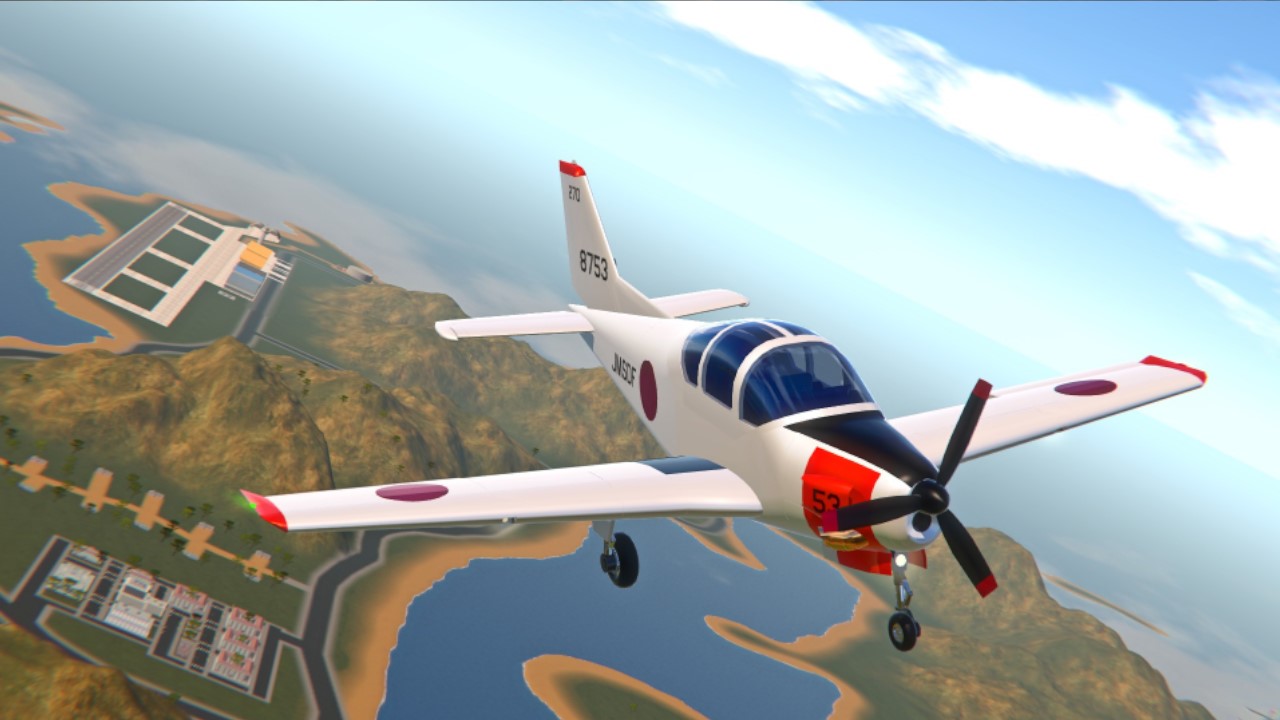
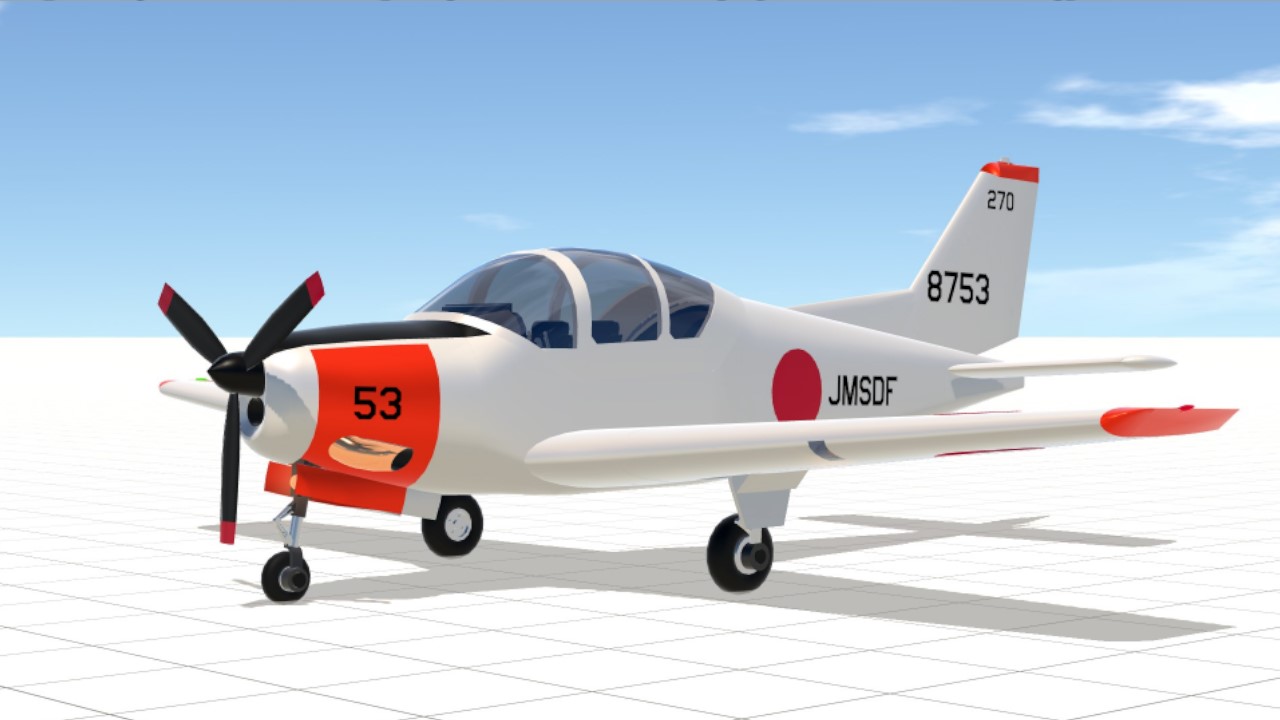
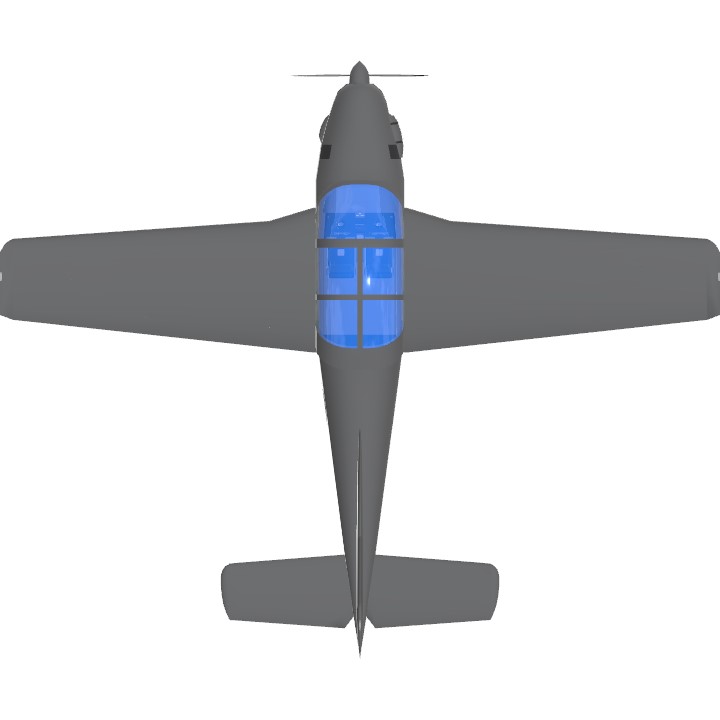
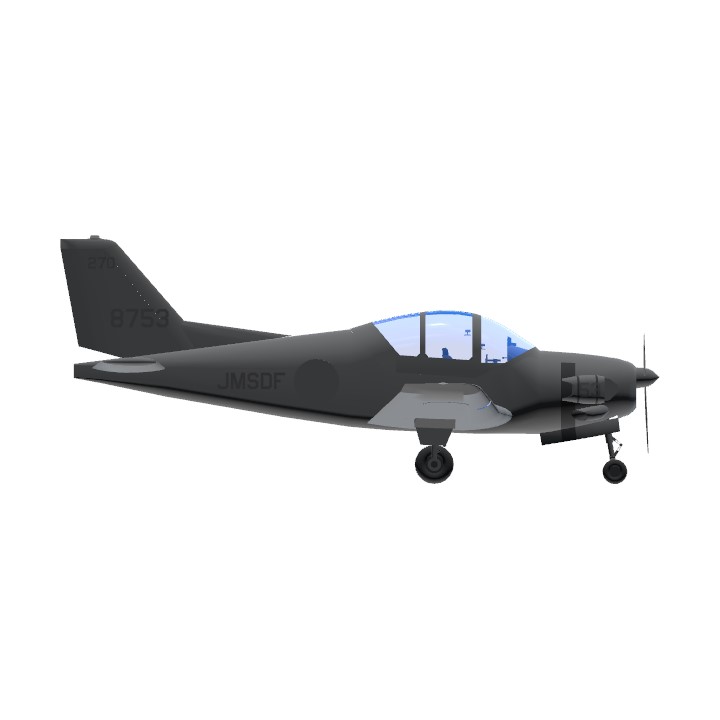

Thank you to @Ku for reviewing the plane and ILS documentation!
Beautiful
@QuesoAirlines @Ku I have imperial system version of it and can you check it out
I will @ you
subaru plane !!
Suggestion for the MFD: make the AGs for the MFD zoom and panels 9,10, and 11, mapping the buttons to the same AGs. This makes it impossible to just turn on a AG and make it that screen, especially if your an orbit flyer like some of us. It also keeps it realistic, using buttons for every item.
awesome! great work
Very nice 👍
smol plen
@QuesoAirlines Amazing!
(P)